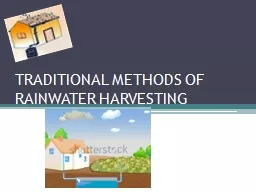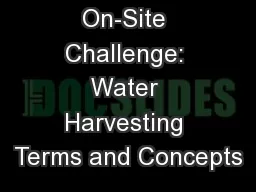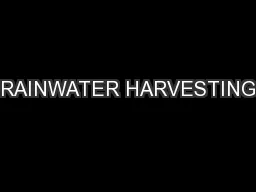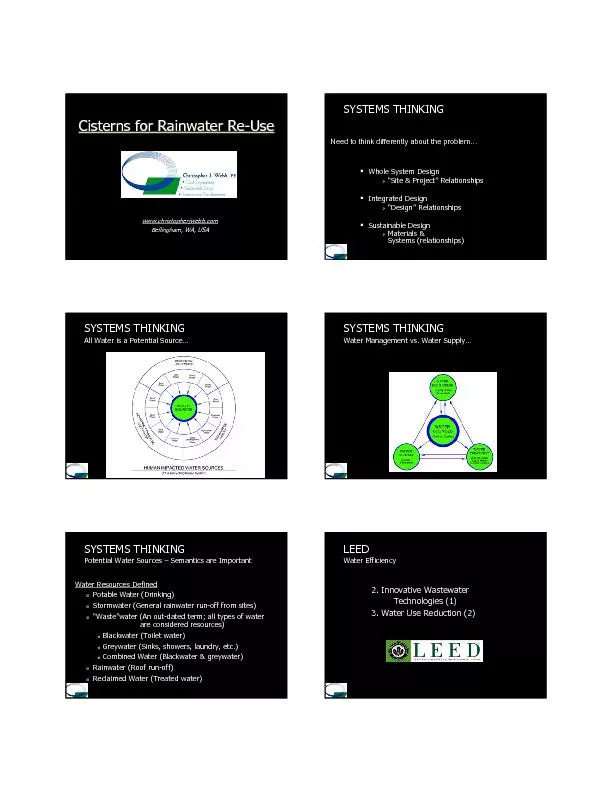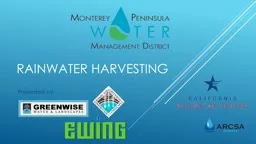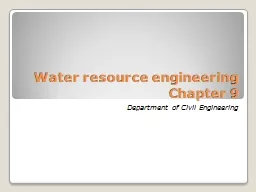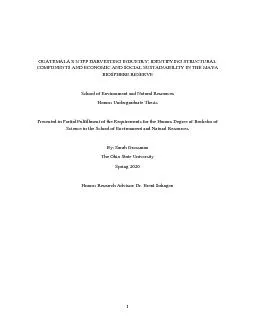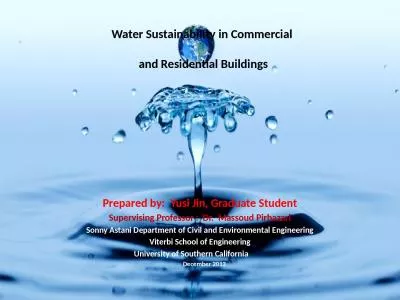PPT-TRADITIONAL METHODS OF RAINWATER HARVESTING
Author : triclin | Published Date : 2020-08-27
Introduction Water forms the lifeline The population is increasing rapidly All the inhabitants do have access to save water There is a major problem of supplying
Presentation Embed Code
Download Presentation
Download Presentation The PPT/PDF document "TRADITIONAL METHODS OF RAINWATER HARVEST..." is the property of its rightful owner. Permission is granted to download and print the materials on this website for personal, non-commercial use only, and to display it on your personal computer provided you do not modify the materials and that you retain all copyright notices contained in the materials. By downloading content from our website, you accept the terms of this agreement.
TRADITIONAL METHODS OF RAINWATER HARVESTING: Transcript
Download Rules Of Document
"TRADITIONAL METHODS OF RAINWATER HARVESTING"The content belongs to its owner. You may download and print it for personal use, without modification, and keep all copyright notices. By downloading, you agree to these terms.
Related Documents

